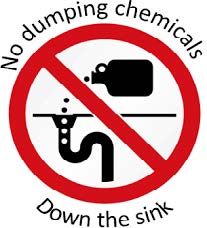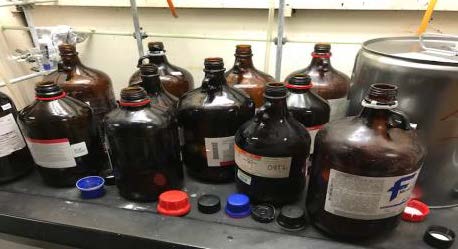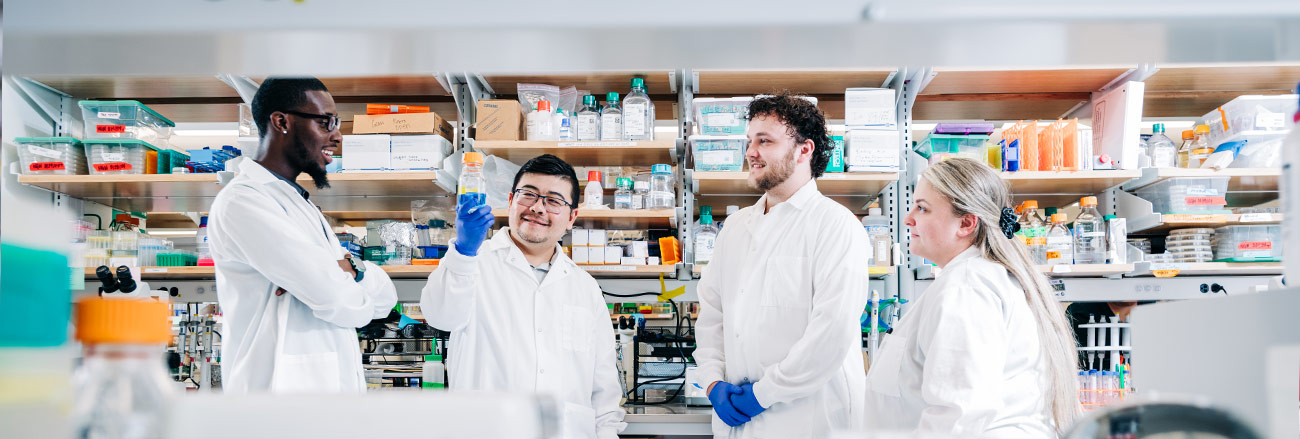 UAB Environmental Health & Safety has released guidelines for safe disposal of non-hazardous chemicals via sink drains. These guidelines ensure safety and compliance with state and federal regulations and laws.
UAB Environmental Health & Safety has released guidelines for safe disposal of non-hazardous chemicals via sink drains. These guidelines ensure safety and compliance with state and federal regulations and laws.
Non-Hazardous Substances Permitted for Drain Disposal
1. Saline and non-toxic salts in dilute form
2. Inorganic buffers (phosphate or bicarbonate based)
3. Sugar solutions
4. Organic buffers at use concentrations (e.g., TRIS)
5. Liquid tissue culture media, fresh or spent supernatant, which has been rendered non-infectious
Examples of Hazardous Substances Prohibited from Drain Disposal
1. Ethidium Bromide Solution
2. Dyes and Stains
3. Any unused hazardous or nonhazardous chemicals (liquids and solids)
4. Biohazards
5. Radioactive waste
6. No hazardous wastes, as defined and identified in the Alabama Department of Environmental Management (ADEM) Div 14 hazardous waste rules, may be discharged in any amount to campus or hospital sinks and drains.
Accidental Drain Discharge
Anyone causing an accidental discharge of a prohibited material to the sanitary sewer must notify EH&S immediately during normal hours at 205-934-2487. This includes materials accidently spilled down the drain via sink, floor drain or plumbed equipment. During after-hours and weekends call 911 from campus phone or 205-934-3535 from a cell phone.
Intentional Evaporation of Hazardous Waste Inside Chemical Fume Hood 
Discharge of hazardous waste liquids, vapors, gases, fumes and dusts to the atmosphere is not allowed. State and federal inspectors will consider that to be unauthorized treatment or disposal of hazardous waste and will take enforcement action against UAB that could include a significant fine. Laboratory hoods should not be used to evaporate materials from open chemical containers. Intentional evaporation of hazardous waste inside fume hoods for the purpose of avoiding collection of that chemical as a hazardous waste is illegal and may be classified as a criminal violation of the law.
